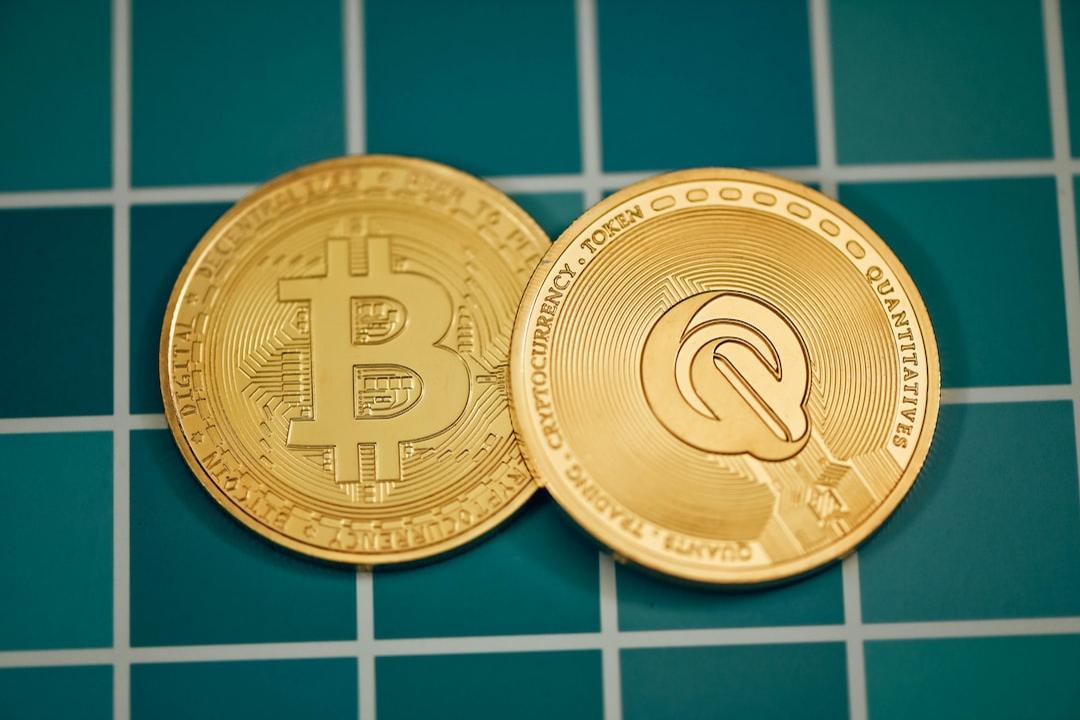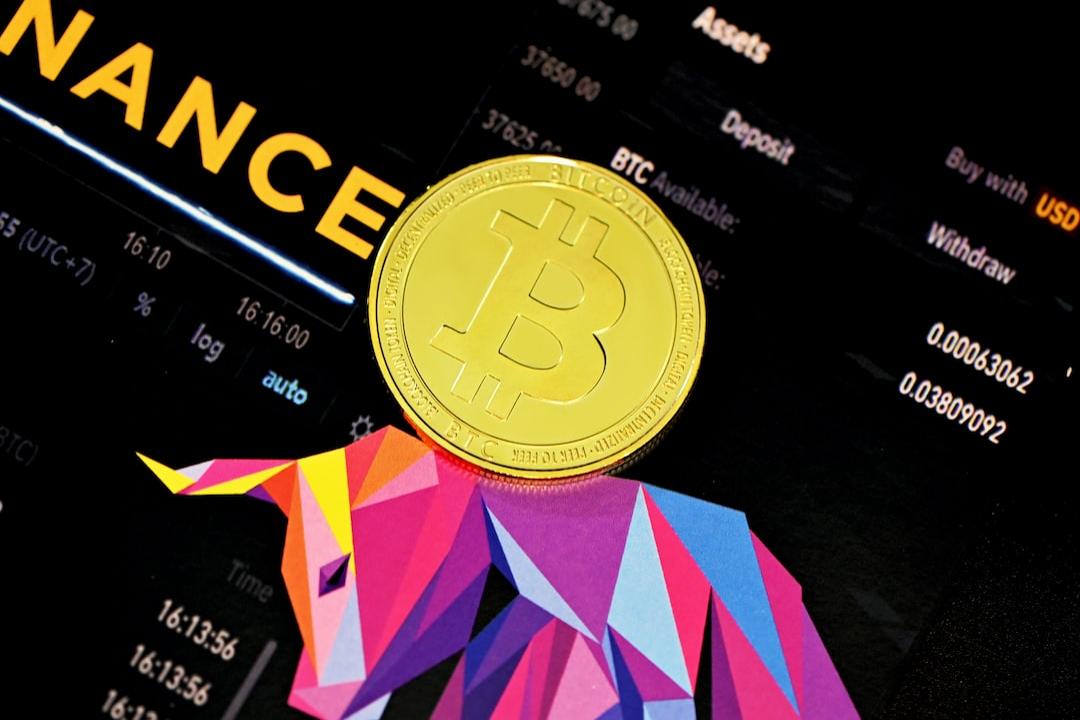YEREVAN (CoinChapter.com) —HyperLiquid Faces Financial Turmoil After JELLY JELLY Short Squeeze
HyperLiquid, a decentralized exchange (DEX), has found itself in financial turmoil after a significant short squeeze involving the JELLY JELLY meme coin. The short squeeze caused the platform to assume liabilities amounting to $230 million.
The incident began with large traders, known as whales, manipulating the price of JELLY JELLY, a new Solana-based meme coin. The price surge, driven by these traders, triggered massive losses for HyperLiquid’s liquidity pool (HLP). The price of JELLY JELLY surged by nearly 500%, a sudden and dramatic increase that caught traders and the exchange off guard.
In response to the losses, HyperLiquid delisted JELLY JELLY from its platform. This decision came after the platform was forced to absorb a substantial short position that resulted in a $12 million loss. The delisting decision raised concerns about the stability of the exchange, especially given the scale of the financial damage it had incurred.

Price Surge and Market Manipulation Cause Chaos for HyperLiquid
The JELLY JELLY price surge was caused by a whale holding 124.6 million tokens ($4.85 million). According to LookonChain, this whale manipulated the coin’s price by dumping and then buying back the tokens, causing significant fluctuations. Initially, the whale sold a large amount of JELLY JELLY, crashing the price, leaving HyperLiquid holding a $15.3 million short position. The whale then bought back the tokens, causing the price to rise sharply, leading to a $12 million loss for HyperLiquid.

The short squeeze forced traders betting on a price drop to buy back JELLY JELLY at higher prices, driving the price up further. Within hours, the token’s market capitalization jumped from $10 million to $43 million. The sharp increase attracted more traders, worsening HyperLiquid’s losses.
Binance and OKX added to the pressure by listing JELLY JELLY perpetual contracts. Their listings increased market liquidity and drove the price even higher. As a result, HyperLiquid struggled to manage its growing losses, intensifying the controversy.
HyperLiquid’s Liquidity Crisis and Potential Ripple Effects
HyperLiquid’s liquidity crisis raised concerns about its stability. HLP’s 24-hour profit and loss reached 700,000 USDC. HyperLiquid promised technical improvements and emphasized lessons learned. However, the impact on liquidity providers remains unclear.
Further complicating the situation, HyperLiquid’s handling of JELLY JELLY liabilities drew comparisons to past crypto collapses. Some commentators pointed out that abrupt liquidation mechanics played a role in FTX’s downfall, raising questions about whether HyperLiquid’s actions could set a precedent for other exchanges facing similar crises.
Meanwhile, speculation continues regarding the extent of Binance’s involvement. Blockchain researcher ZachXBT suggested that the original whale may have been funded through Binance, which listed JELLY JELLY perpetuals shortly after HyperLiquid suffered losses. This raised further concerns about whether major exchanges are indirectly influencing market events to benefit from smaller competitors’ struggles.

As the dust settles, HyperLiquid is under scrutiny for how it will rebuild trust and prevent similar incidents in the future. Crypto investors and exchanges alike will be closely watching how the platform manages its remaining liabilities and whether further regulatory scrutiny will follow.

